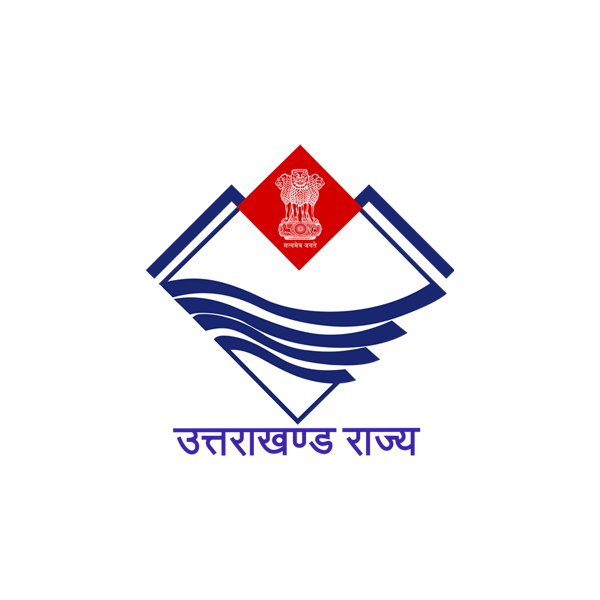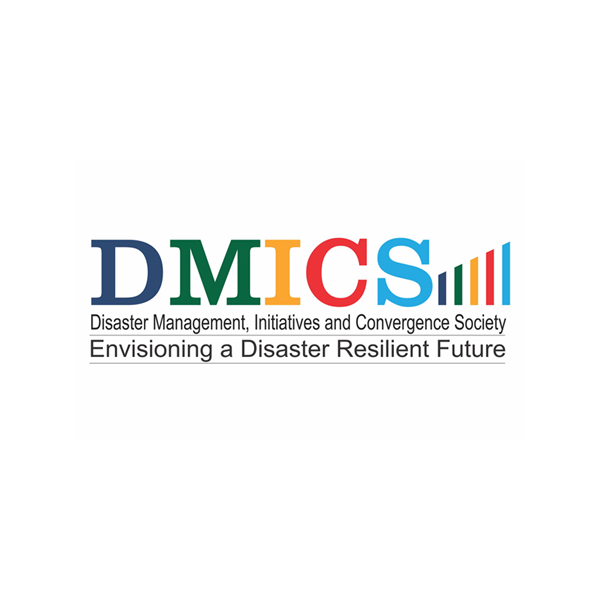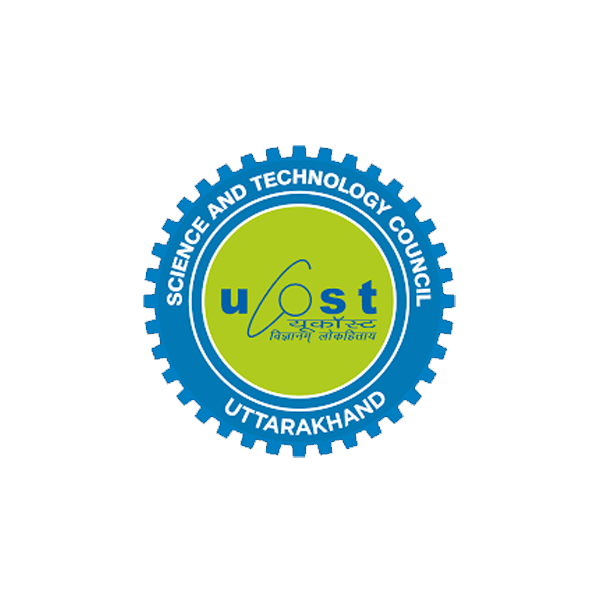The 6th WCDM will be organized jointly by Government of Uttarakhand, Disaster Management Initiatives and Convergence Society (DMICS), Hyderabad, Uttarakhand State Disaster Management Authority (USDMA) and Uttarakhand State Council for Science & Technology (UCOST), Dehradun.
Besides several academic and research institutions would join as knowledge partners. Building on the experiences gained in the preceding Congresses, the 6th WCDM would involve national, provincial, and local governments, scientific and technical organizations, academia, professional bodies, industry, civil society, practitioners, and media from around the world, besides UN bodies and multilateral and regional organizations.
The 6th WCDM would provide a platform for sharing critical understanding, research, innovation, and good practices on disaster risk reduction and promoting interaction among scientists, policymakers, and practitioners, besides forging new partnerships and networks for building resilience to disasters. The 6th WCDM has been designed to be the largest assembly on disaster management outside the UN system.

Government of Uttarakhand
Uttarakhand was formed on 9th November 2000 as the 27th State of India, when it was carved out of northern Uttar Pradesh. Located at the foothills of the Himalayan mountain ranges, it is largely a hilly State, having international boundaries with China (Tibet) in the north and Nepal in the east. On its north-west lies Himachal Pradesh, while on the south is Uttar Pradesh. It is rich in natural resources especially water and forests with many glaciers, rivers, dense forests and snow-clad mountain peaks. Char-dhams, the four most sacred and revered Hindu temples of Badrinath,Kedarnath, Gangotri and Yamunotri are nestled in the mighty mountains.

DMICS Hyderabad
Disaster Management Initiatives and Convergence Society (DMICS) was established in 2005, in the aftermath of India Ocean Tsunami, to enhance understanding and awareness among the people about the risks of various types and dimensions of disasters, and the measures to be taken for reducing the risks, and for better preparedness, response and recovery through multi-disciplinary research and publications, and multi-stake holder’s consultations.
DMICS is engaged in conducting series of workshops, seminars and conferences on a wide range of issues of disaster risk management and networks with communities, governments, NGOs, academic and research institutions, media, public and private sectors. DMICS had been privileged to organize three World Congresses on Disaster Management, each attended by more than 1000 delegates from around the world.

Uttarakhand State Council For Science & Technology | UCOST
Uttarakhand State Council for Science and Technology is an autonomous body of the Government of Uttarakhand, Department of Information & Science Technology. UCOST started its activities from last quarter of year 2005, However it was registered under the Registration of Societies Act, 1860 in November 2002.
The apex body of the Council is the General Body which is chaired by the Hon'ble Chief Secretary.This body comprises of the Principal Secretary & Secretaries from various departments, Vice Chancellors, eminent scientists, representatives from Industries and NGO's. The day to day business is held by the Director General. The Secretary of the department is the chairman of its executive committee. The Council plays a catalytic role for the promotion of S&T in the state and supplement /complement the developmental programmes of the state in different sectors. The overall incharge of the Council is the Director General.